U.S. Retailers Reaching ‘Breaking Point,’ Tariff Burdens Shifted to Consumers
Input
Changed
Retailers Respond by Raising Prices ‘Sneakflation’ Fuels Inflationary Pressures Greater Pain Expected for Lower-Income Households
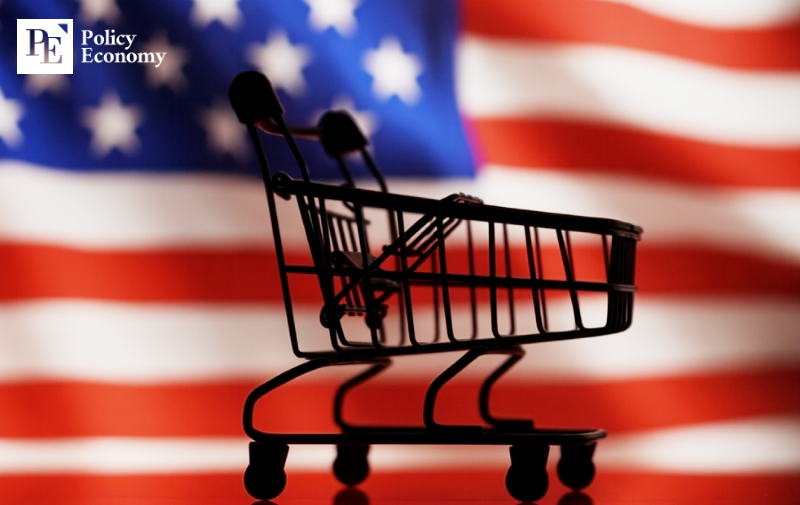
The tariff policy enforced by the Trump administration is increasingly translating into higher costs for American consumers. Duties on Chinese imports are eroding profit margins at U.S. retailers, leaving price hikes unavoidable. While price tags on store shelves have not visibly surged, hidden forms of cost transfer—such as reduced product quantities or diminished quality—are spreading through so-called “sneakflation” (sneak + inflation).
Home Depot Acknowledges Price Increases
According to the South China Morning Post (SCMP) on August 28, Home Depot, the largest U.S. retailer of building materials and household goods, announced on August 20 that it would begin raising prices on certain products. For months, most American retailers had avoided publicly citing tariffs as a driver of price hikes in order to align with President Trump’s hardline trade stance. But Home Depot conceded that further avoidance was no longer possible.
Richard McPhail, the company’s Chief Financial Officer, stated after the earnings release that “for certain imported products, tariff rates are quite high,” adding that “there will be modest price adjustments in some categories, though not broadly.” Just three months earlier, Home Depot had deflected questions about tariff impacts, declining to mention any price hikes. The Wall Street Journal observed that tariffs are beginning to appear on Home Depot’s price tags, cautioning that these hikes will confront consumers at a time when household spending is already under pressure.
Inflation Emerges as the Achilles’ Heel
Although consumer price hikes were widely anticipated, few executives dared to publicly acknowledge them. In May, Walmart CEO Doug McMillon warned after first-quarter results that tariffs would ultimately push prices higher even if rates were rolled back. President Trump immediately rebuked him, saying, “Stop using tariffs as an excuse to raise prices. Absorb the cost. I’ll be watching, and so will your customers.”
Economists, however, stress that as long as tariffs remain, price increases are inevitable. Currently, most Chinese imports are subject to tariffs totaling 55% under measures introduced across Trump’s two terms. These higher costs ultimately fall on American consumers.
Inflation remains the greatest vulnerability of Trump’s tariff strategy. For now, corporate earnings and equity markets continue to rise, muting fears of economic fallout. The July Consumer Price Index (CPI) rose 2.7%, matching the prior month’s increase and below market expectations of 2.8%. This fueled bets in CME FedWatch that the probability of a September Federal Open Market Committee (FOMC) rate cut would hit 100%.
Yet concerns persist that July data did not fully capture the impact of newly entrenched reciprocal tariffs. Core CPI came in at 3.1%, exceeding forecasts and underscoring lingering inflationary risks. Sarah House, economist at Wells Fargo, warned that “as tariff levels solidify, the next three to six months could prove to be the critical period of strain.”
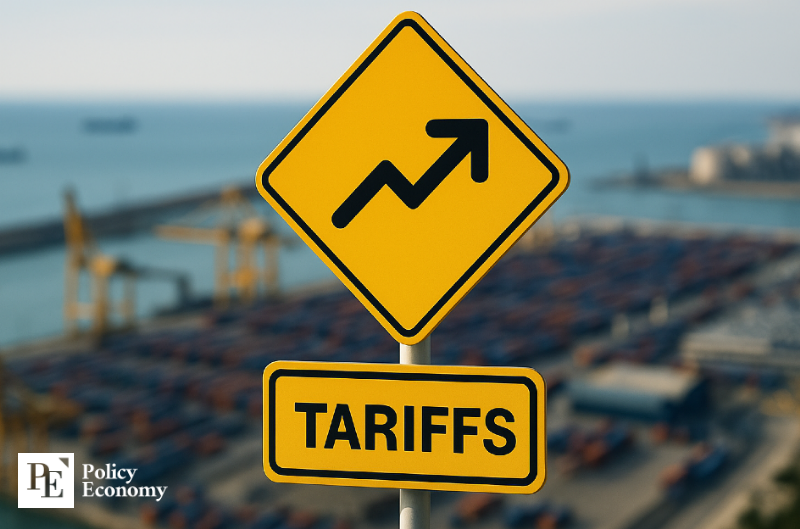
Tariffs Seeping Into Prices
Federal Reserve Chair Jerome Powell has repeatedly emphasized that rate cuts can only follow clear evidence of tariff-driven inflation. Analysts also expect a time lag before duties fully filter through to consumer prices, given that many retailers stockpiled inventory to cushion against initial shocks.
But with inventories depleted at Costco, Walmart, Target and other major U.S. retailers, tariff pass-through into consumer prices is now expected to accelerate. A Goldman Sachs report estimated that while tariffs have so far imposed costs equivalent to about 22% of consumer outlays, that burden will climb to 67% by October. A survey by the Atlanta Fed found that even companies not directly exposed to tariffs plan to raise prices by an average of 3.5% this year.
Some retailers are already exhibiting sneakflation, where inflation creeps into household budgets through smaller product sizes or quality dilution rather than outright price jumps. Economists note this is a classic byproduct of the Trump administration’s tariff policy—masking immediate shocks but gradually amplifying the long-term financial burden on households.
Experts caution that if price hikes accelerate, the impact will be most severe for lower-income households. Heather Long, chief economist at Navy Federal Credit Union, noted that “lower-income families survive by adjusting weekly spending. One week they skip meat to buy shoes for the kids; the next they delay a car payment to cover electricity bills or hospital fees.” She added, “Retailers and brands know that millions of Americans live paycheck to paycheck, and sneakflation is their way of gradually transferring tariff costs to those consumers.”

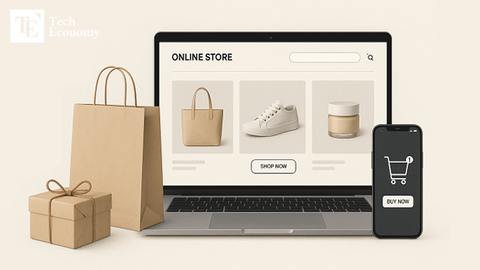

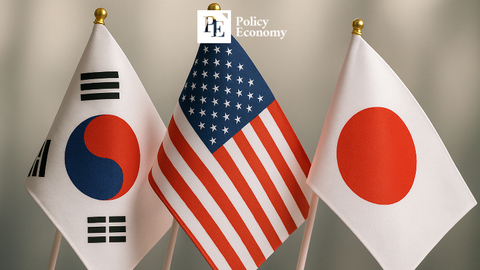
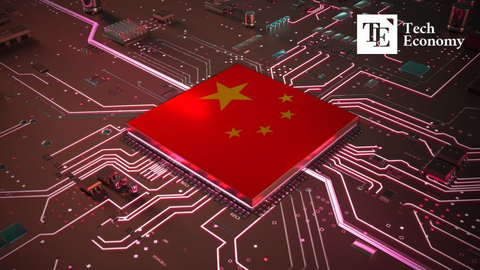

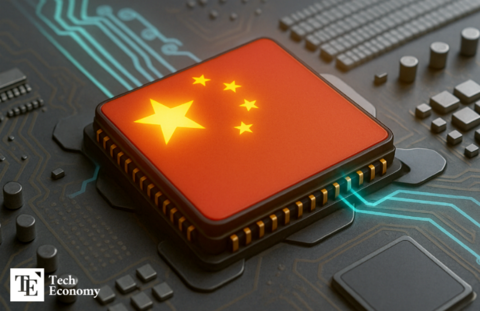
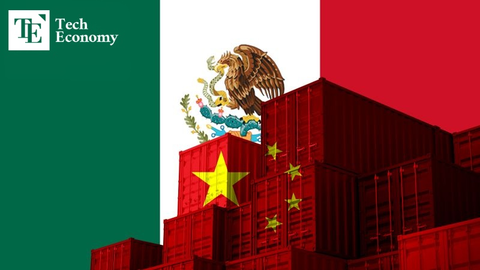
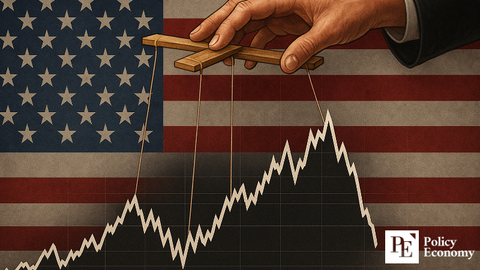













Comment